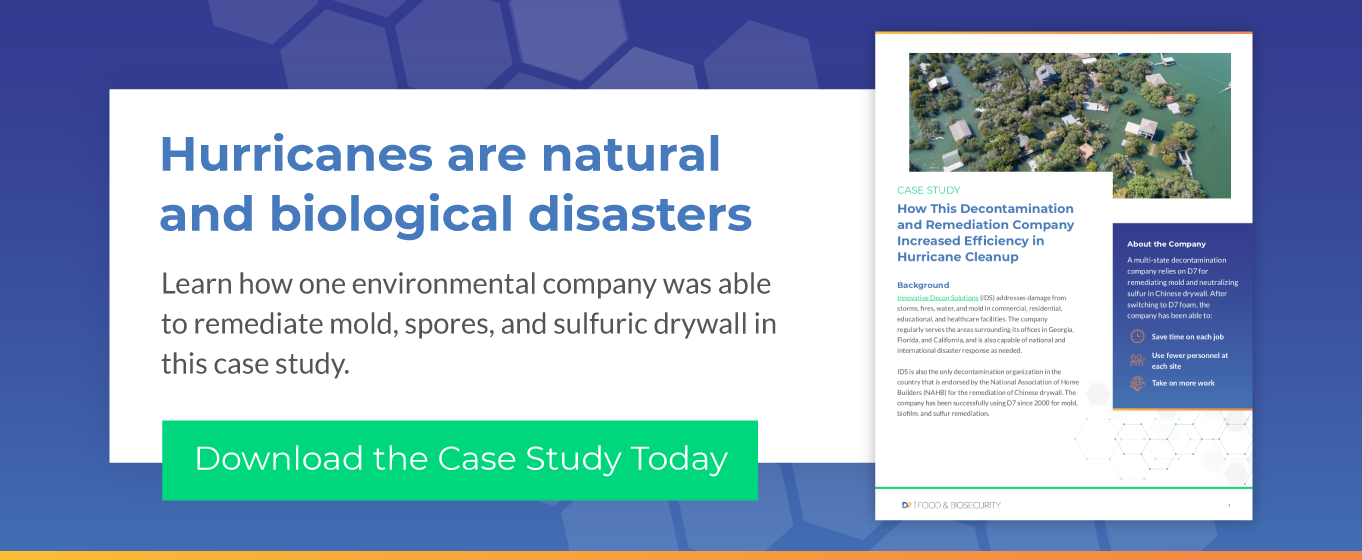The roof on a building is largely invisible to occupants, but it is one of the most important elements of the structure. It protects the people inside from the elements and keeps building materials clean and dry.
When a roof is compromised by mold or fungus, it can impact the entire structure and the health of the occupants. Understanding the dangers of roof mold and how to remove it is critical to protect both property and people.
The Dangers of Roof Mold
Mold on a roof can impact the integrity of the roofing materials and present a risk to the structure of the building. The roof is an entry point for the rest of the house, so untreated mold can break down building materials and cause significant damage to the structure. Once present, mold tends to spread and can reach your siding, structural elements, ceilings, walls, and other surfaces in a building. If mold spreads to walls or other interior surfaces, it could also present a health risk to occupants.
Roof mold can also be unsightly, which can impact the value of the property. Identifying roof mold early and treating it is the key to avoiding lasting damage to one’s investment.
Roof Mold Removal Options
If you do discover mold on the roof of a building you own or manage, there are several approaches you can take to remove it. Acting fast will reduce the spread of mold to other areas, so don’t delay once a problem has been discovered.
Roof Repair or Replacement
Always fix any damage to a roof to ensure it remains intact and protects the building. If the damage is too great or if the mold has spread significantly, replacement may be required. Of course, this is the most extreme and expensive option. Catching and treating the problem early is the preferred method.
Treatment with Fungicide
The only way to effectively remove mold from a roof is to kill it with a fungicide. Bleach solutions can be effective, but they require thorough application. Bleach can also harm the surrounding landscape and corrode certain building materials. Because of this, you may want to consider fungicide products that are safe to apply and non-corrosive. Regardless of the product you choose, professional application is recommended to handle the physical challenges and ensure complete removal, as any spores left behind can potentially grow into another mold problem.
Dehumidification
If an environment is particularly humid, or if a leak has caused moisture to build up in an area, a dehumidifier may be required to prevent mold growth. This is not a solution for removing existing mold, but it can slow mold growth by drying the area out.
Maintenance and Prevention
Have your roof periodically inspected for damage and leaks (which can lead to mold). Fix damaged areas as soon as they are identified to prevent them from getting worse. If any issues are discovered, replace the building materials to protect the structural integrity of the roof.
Benefits of Using D7 for Roof Mold Removal
D7 is a fungicide used for mold remediation in buildings of all types. Developed at Sandia National Laboratories and commercialized in 2012, D7’s unique formulation has been used for decades.
D7 can easily be applied as a spray or foam for mold remediation. The foam application is especially advantageous, allowing you to see exactly where it has been applied. The product clings to the angled surface of the roof and remains there for the minimum recommended contact time or until it is sprayed off or dries, so you can be confident that it is effective. The foam also expands to penetrate small crevices and reach the mold and fungi within to reduce the risk of leaving spores behind.
The product has a low environmental impact and is safe for most materials. D7 effectively kills mold spores at the DNA level using a unique combination of hydrogen peroxide and advanced four-chain quaternary ammonia formulation. To learn more about D7 applications for mold removal, read our case study about disaster remediation.

.png?width=1160&name=Decon7%20Blog%20%23121%20(1).png)

